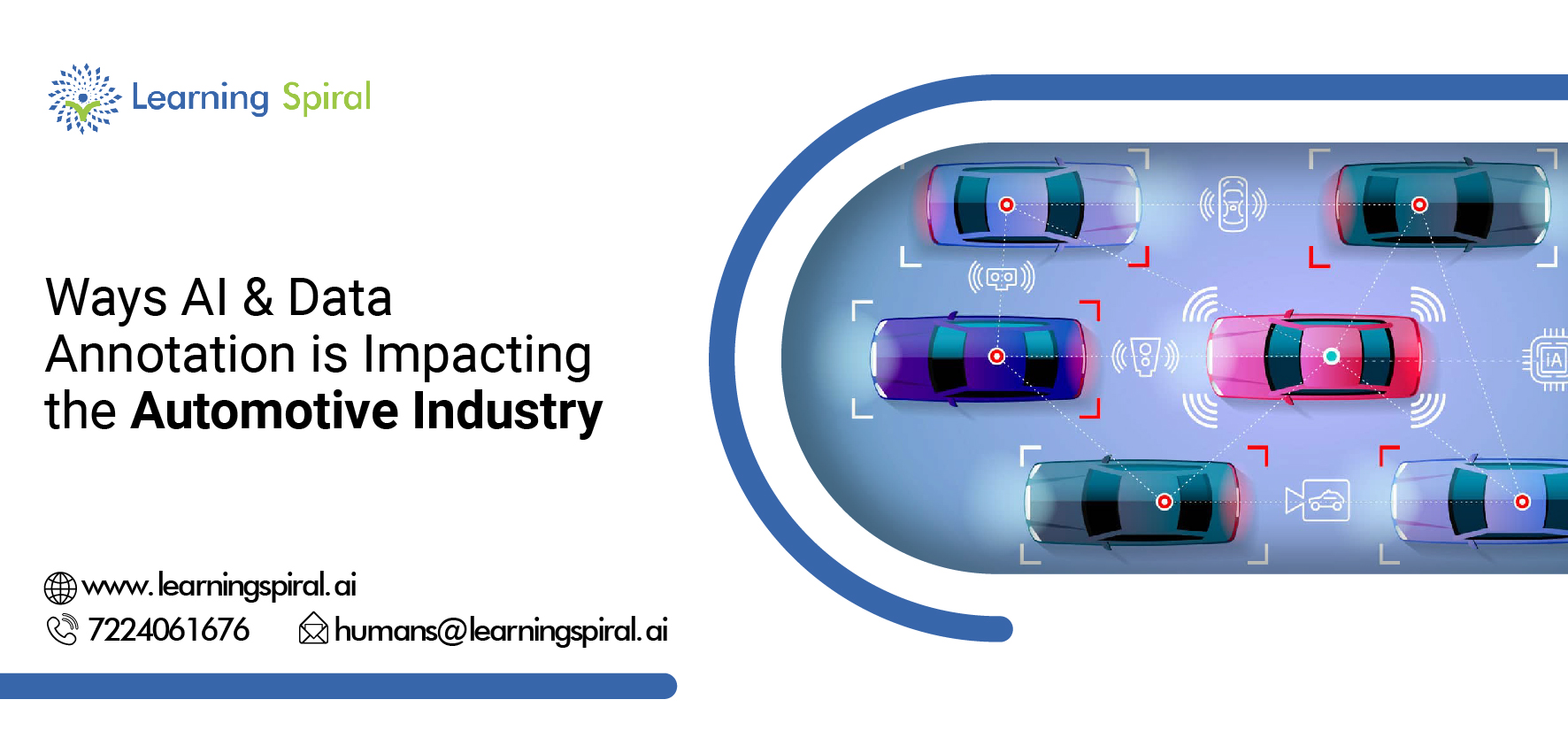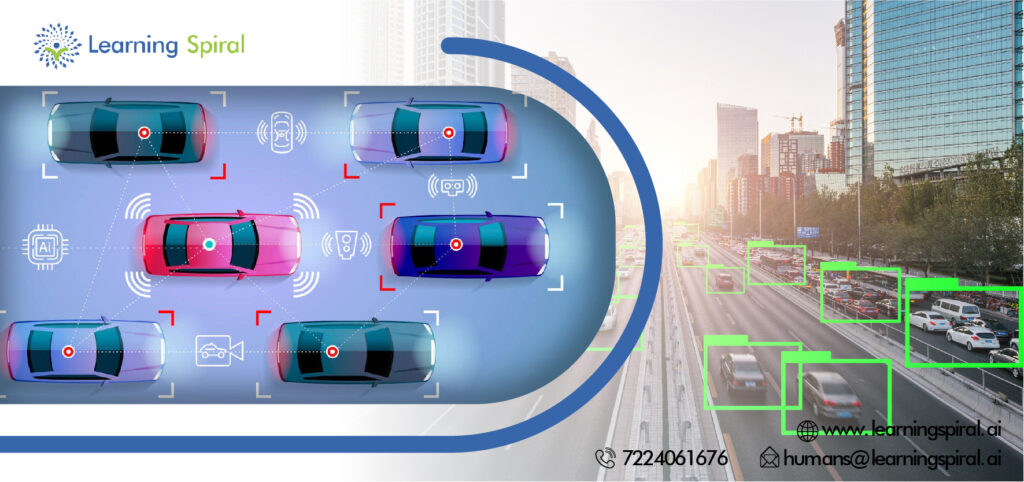
Autonomous space represents an area where AI and machine learning are producing major innovations with help of qualitative Data Labeling services. The innovations have brought some major benefits in autonomous space like Autonomous vehicles, cars, trucks, buses, and drone delivery systems. Some of the main features include automated vehicle guidance and braking, the use of cameras and sensors for collision avoidance, lane-changing systems, the use of AI to analyze information in real-time, learning systems to adapt to new circumstances through detailed maps and the use of high-performance computing deep.
Driver Assist
Before the automotive industry gets perfect for letting AI take the wheel, it first wants to put it in the co-pilot’s seat. AI offers advanced safety features for connected vehicles. So this assists manufacturers, customers, and also regulators to get comfortable with AI as the driver before it gets its own license. By monitoring various sensors, AI with help of Data annotation and Data Labeling services can identify dangerous situations. It helps to alert the driver, give emergency warnings, or take emergency control of the vehicle in order to avoid an accident. Emergency braking, cross-traffic detectors, blind-spot monitoring, and driver-assist steering can help avoid accidents and save many lives.
Self Driving Cars
AI with help of Data Annotation and Data Labeling services is hastening the development of self-driving cars. In fact, according to research by Google, AI-powered cars already surpass human drivers when it comes to safety, as AI allows self-driving cars to adapt immediately to changing conditions and learn from new situations. Currently, most car manufacturers are looking to integrate AI technology in future product offerings and the initial step is to employ a Data labeling company to provide quality data labeling and annotation services for machine learning algorithms.
Ride Sharing
Ride-sharing services like Uber employ AI to determine the time needed to transport users to their desired locations. AI technology lets users know various details like when their driver will arrive when they will arrive at their destination. Uber also takes the help of AI technology to set prices depending on what they think you are willing to pay. According to The Independent, Uber also uses AI to determine if a rider is drunk before a driver accepts a pickup. It does this by analyzing and comparing factors like walking speed, typing patterns and many other factors.
AI & ML with the help of Data annotation and Data Labeling services make these functions possible with utmost accuracy. Currently, many Ride-sharing companies are very interested in autonomous vehicles and AI technology. As they can look at many merits in terms of customer service, safety, security, and labor productivity and so All of the major ride-sharing companies are exploring driverless cars.

3D Cuboid annotation for autonomous vehicles
First of all, we all must know 3D cuboid annotation services help the self-driving model to understand the real-world scenario. Learning spiral provides 3D Cuboid annotation services that help self-driving cars sense other moving objects and provide the right information to the system. Our workforce is well trained to draw and label cuboids around objects and annotate data for autonomous vehicles
Thus, Data Annotation & Data Labeling services + Machine Learning = Strong AI system for projects like Self-driving Cars = Future Of Transportation.
Learning spiral, a data labeling company has a workforce with a diverse set of skills that has a Rich history of handling sensitive and large amounts of data that lead us to the ability to deliver data annotation and data labeling services on-demand and at scale.
We provide annotation services as our data annotation team is capable of drawing bounding boxes, cuboids, polygon, image classification/ tagging, text annotation, 3D LiDAR Annotation, autonomous vehicle, tagging of aerial view pictures, drone technology, contour annotation, image annotation, data annotation & labeling, 2D & 3D annotation, Semantic segmentation, etc.

